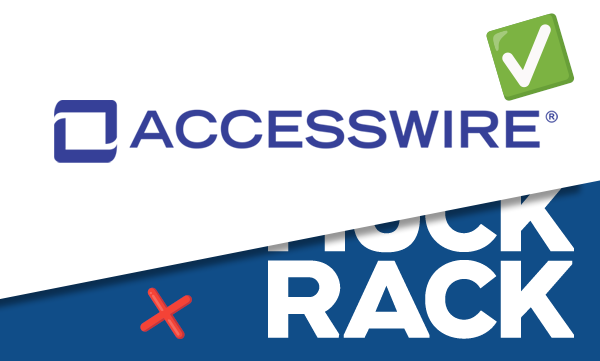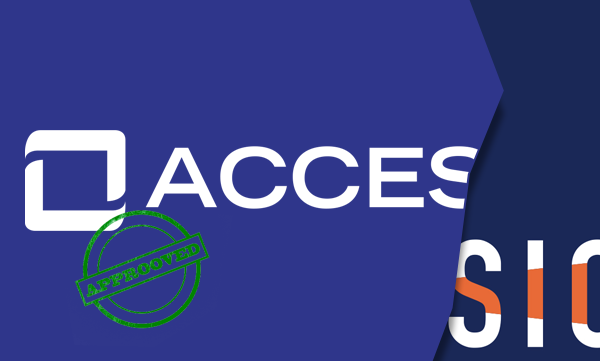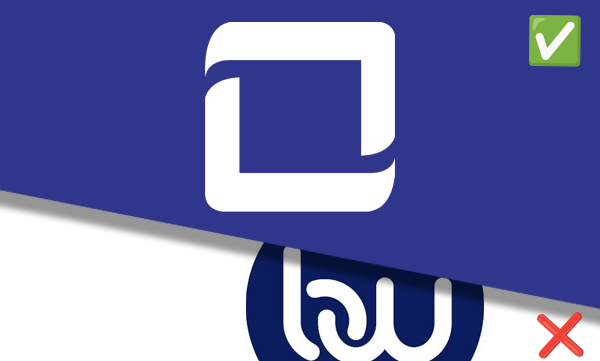First, the Why…..Why Keeping It Simple Is Essential
for Content Creation and Delivery
In the world of content creation, there’s a tried-and-true principle that stands the test of time: the KISS method—short for "Keep It Simple, Stupid." Originally coined by U.S. Navy engineer Kelly Johnson, this principle emphasizes the importance of simplicity and avoiding unnecessary complexity. The idea is that the best designs, messages, and solutions are those that can be understood by a wide range of people without extensive explanation.
But why does simplicity matter so much, especially in content creation and delivery?
Let’s dive into the research and reasons why the KISS method is crucial for effective communication.

1. Cognitive Load Theory: The Case for Simplicity
Research in cognitive psychology has long shown that the human brain has a limited capacity for processing information. This concept, known as cognitive load, refers to the mental effort required to learn and understand new information. When content is overly complex or cluttered, it places a higher cognitive load on the audience, making it harder for them to grasp the message.
Studies show that reducing cognitive load through clear and simple messaging improves comprehension and retention. According to Sweller’s Cognitive Load Theory, learning is more effective when information is presented in a way that minimizes unnecessary complexity. This is why the KISS method works: by keeping content straightforward, you help the audience process information more easily and efficiently.
2. Improved Audience Engagement
In today's world, the average attention span is decreasing. According to a Microsoft study, the average human attention span has fallen to just 8 seconds, down from 12 seconds in 2000. In such a competitive landscape, capturing and maintaining an audience's attention is more challenging than ever.
Using the KISS principle to create concise, focused content ensures that you grab your audience's attention quickly and deliver your message before they lose interest. Research published in the Journal of Experimental Psychology found that when information is presented in a simplified and well-organized manner, people are more likely to stay engaged and recall the content later.
3. The Science of Memory: Why Less Is More
Memory studies also support the importance of simplicity. The Chunking Theory, first proposed by psychologist George A. Miller, suggests that humans can only retain about 7 pieces of information at a time in their short-term memory. When content is broken down into smaller, manageable pieces (or "chunks"), it becomes easier for the brain to process and remember.
Applying the KISS method in content creation means focusing on delivering the most important points in a straightforward way, avoiding overload by stripping away unnecessary details. This approach aligns with how the brain naturally processes information, enhancing both memory retention and comprehension.
4. Faster Decision-Making
One of the goals of content delivery—especially in marketing and communications—is to prompt the audience to take action. Whether it’s making a purchase, signing up for a service, or sharing information, the easier it is for people to understand what they need to do, the more likely they are to do it.
Behavioral economics research shows that people are more inclined to make decisions quickly and confidently when information is simple and direct. The paradox of choice further demonstrates that when presented with too many options or too much information, decision-making becomes overwhelming, leading to procrastination or inaction. Keeping content simple reduces decision fatigue, making it easier for the audience to act on the information provided.
5. Broadens Accessibility
Not all audiences have the same level of background knowledge or familiarity with complex terminology. This is especially true in fields like technology, finance, or healthcare, where jargon and technical language are common. Accessibility in communication ensures that your content is inclusive and can be understood by a diverse audience, regardless of their expertise.
According to the Plain Language Action and Information Network (PLAIN), content that uses straightforward language and avoids jargon is more effective because it reaches a broader audience. When you apply the KISS method, you ensure that your message is accessible to everyone, including non-experts, individuals with cognitive disabilities, or people who are reading in a non-native language.
6. The Marketing Perspective: Simplicity Drives Conversions
From a marketing standpoint, simple and clear messaging has a direct impact on conversions. Research from HubSpot found that landing pages with less copy and more straightforward content resulted in higher conversion rates. Customers are more likely to engage with brands that communicate clearly and avoid complicated messaging.
The KISS method helps ensure that your call-to-action (CTA) is direct and compelling, which can improve click-through rates and conversions. By making the path to conversion as smooth and intuitive as possible, you reduce friction and encourage the desired action.
7. Simplifies the Content Creation Process
It's not just about making things easier for the audience; the KISS principle also benefits content creators. When you focus on delivering a clear, straightforward message, you save time and effort during the writing, editing, and design stages. It eliminates the need for excessive revisions and ensures that the content remains on point.
Keeping content simple doesn't mean stripping away its depth; rather, it involves prioritizing the most important information and presenting it in a way that resonates. This streamlined approach helps ensure consistency in messaging across different platforms and communication channels.
Now for the How, When, and Where…..How, When and Where to Implement the KISS Method
For public relations professionals, the KISS method is invaluable in crafting effective press releases, managing crisis communications, and engaging audiences on social media.
When it comes to press releases, keeping the content simple and focused ensures that the key message gets through to journalists quickly. Reporters and editors often have limited time to review submissions, so a clear and concise press release is more likely to grab their attention and get picked up for coverage. By prioritizing the most important information—who, what, when, where, why, and how—you maximize the chances of your story being shared with the public.
In crisis communications, the KISS principle is essential. During a crisis, there is often a flood of information, and audiences can easily become confused or overwhelmed. Simple and direct messaging helps to cut through the noise, providing clarity and reassurance when it’s needed most. It allows PR professionals to address concerns, control the narrative, and deliver updates in a way that is easy to understand, which is crucial for maintaining trust and credibility.
On social media, where attention spans are short and content consumption is rapid, the KISS method ensures that messages resonate quickly. Simple, impactful posts with a clear call to action are more likely to be shared, commented on, and liked. This approach not only increases engagement but also amplifies reach, helping PR professionals to effectively build and maintain their brand’s online presence.
By applying the KISS method across all aspects of public relations, professionals can communicate more effectively, respond swiftly during a crisis, and create content that truly connects with their audience.
In media pitching, the KISS method is a powerful tool for grabbing a journalist's attention and making a strong impression. Journalists receive countless pitches daily, so a concise, straightforward pitch increases the likelihood that yours will stand out. By keeping the message focused on the essential details—what the story is, why it's relevant, and how it fits the journalist's audience—you make it easier for the journalist to quickly understand the value of your pitch. This streamlined approach not only saves time for both the PR professional and the journalist but also increases the chances of securing media coverage. Simplicity in pitching helps ensure that your key points aren’t lost in a sea of information, making your story more compelling and easier to act on.
Conclusion
The KISS method is not just a catchy phrase; it’s a research-backed strategy that enhances the effectiveness of content creation and delivery, and is particularly important for PR Professionals. By keeping messages simple, you reduce cognitive load, engage your audience, improve memory retention, and make decision-making easier. Moreover, it broadens accessibility and drives higher conversion rates, making it a valuable tool for marketers, educators, and communicators alike.
As you create content, remember that sometimes less truly is more. Embrace the KISS principle, and you'll find that your messaging not only reaches your audience but also resonates with them in a meaningful way.






Similar Blog Posts



PRODUCTS
ACCESSWIRE | All Rights Reserved
